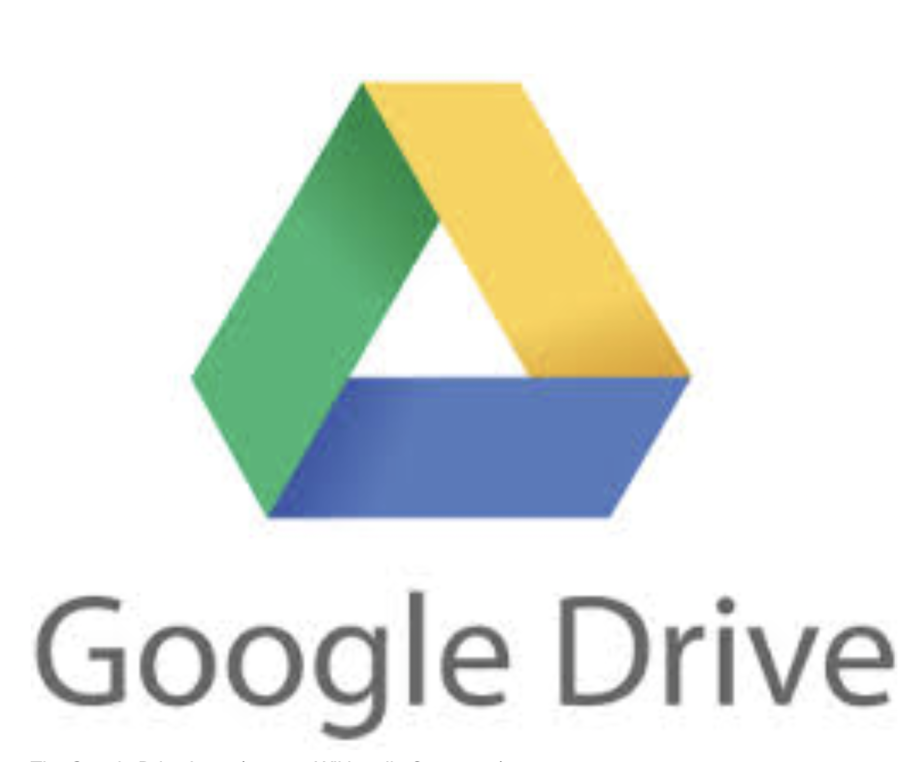Confidentiality or Convenience: The cloud storage conundrum
For many, sending personal data directly to a big tech company such as Google, Meta, Microsoft, etc. is worrisome as incendiary headlines about these companies’ data policy and security have dominated news feeds for the past 10+ years.
Cloud services such as ‘OneDrive,’ work by allowing users to upload files and download them later. The issue at hand is who is storing that data, and who sees that data before it is safely stored.
In terms of security, all ‘Google’ APIs, which facilitate the transfer of data between third-party and proprietary programs alike, rely on the OAuth 2.0 protocol for third-party interactions. OAuth 2.0 is widely used and trusted by developers.
Some cloud services are vulnerable to hackers due to sloppy programming, some services store too much personal data, account information, etc. in their upload and download requests. VPNs offer minimal protection against security hackers and more vulnerable users who don’t know what a VPN even is.
A VPN (Virtual Private Network) redirects your internet requests through an external server. These servers can be in other countries to hide your location and using one protects your data such as your IP address.
Many of these vulnerable customers may put sensitive data into a cloud service. They may not realize that sending files over ‘Gmail’ uploads those files to Google Drive. Many people’s passwords, SSNs (social security numbers), etc. maybe just sitting in the cloud, easily accessible to tech companies and hackers.
While many people gloss over privacy policies, terms of service, etc. making a cloud storage account may warrant at least a skimming of those documents. Doing so will inform you about exactly what the company can legally do with your data.
However, even if you’re okay with the privacy policy, that may not protect you from hackers, so to ensure maximum safety, store any personal data on a personal computer, or external drive.
Your donation will support the student journalists of Highlands High School. Your contribution will allow us to cover our annual website hosting costs.



